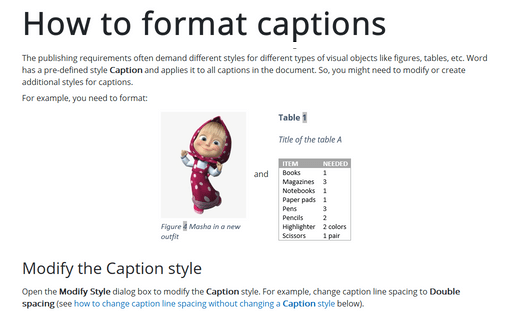

You can also choose at the bottom whether to apply your changes only in the current document, or to all new documents based on the same template. On the “Set Defaults” tab, the tools in the “Paragraph Spacing” section let you fine tune spacing for your document. Here’s what the Compact, Open, and Double presets look like on identical text.Īt the bottom of that “Paragraph Spacing” dropdown menu, you can also click the “Custom Paragraph Spacing” command to open the Manage Styles window.

This is an “all or nothing” option, so it’ll only work for the whole document, or not at all. You’ll also see a little text bubble pop up that lets you know exactly what line and paragraph spacing options that preset will apply. As you hover your pointer over each preset, you can see the changes reflected in your document. Now, even though that button is labeled “Paragraph Spacing,” the changes here can apply to both paragraph and line spacing for your document. Switch over to the “Design” tab, and then click the “Paragraph Spacing” button. Use Additional Spacing Presets for Your Whole Document But what if you want to change the spacing on the whole document? You could select everything (Ctrl+A) and then use these same commands, but there are some better presets available if you want to change the whole document. These presets work well enough for simple changes to a few paragraphs. And what are those presets? 12 points for the spacing before the paragraph and 8 points for the spacing after. So, you can only ever add or remove one level of preset spacing with the menu commands. If you add a space in one location, that command changes to let you remove that spacing. If you currently have no spacing before or after a paragraph, the menu shows commands for adding spacing in both locations (as shown in the previous image). The paragraph spacing only lets you add or remove a preset spacing before the paragraph or after the paragraph. If you want to choose another spacing, or revert to the original spacing, click the “Line and Paragraph Spacing” option again and select a different multiple.

Select the multiple you want, and Word applies it to the selected paragraphs. “2.0” is double spacing, “3.0” is triple spacing, and so on. This opens a dropdown menu with presets for line spacing (at the top) and paragraph spacing (at the bottom). On the Home tab, click the “Line and Paragraph Spacing” button. Select all of the paragraphs you want to change (or place your insertion point anywhere in a single paragraph you want to change). If you select text from multiple paragraphs, you’ll change things for all those paragraphs. If you place your insertion point in a paragraph, you’ll change things for that paragraph. Remember that line and paragraph spacing are both applied at the paragraph level. Word has some common preset options for you to choose from.

#Where to change word spacing in word publishing how to#
Let’s take a closer look at how to do all this. By default, Word adds eight points of space after a paragraph and no additional space before the paragraph, and you can change both of those values however you like. However, if you want to fine tune things, you can also specify an exact point size to use. If you choose double spacing, that space between lines will be 24 points. If you choose single line spacing, the space between lines will be 12 points. For example, say you’re using a 12 point font for the text in your paragraph. In Word, line spacing is most commonly measured in multiples of whatever font size the paragraph is using. Paragraph spacing controls how much space comes before and after the paragraph. Line spacing controls how all lines of a paragraph are spaced. RELATED: How to Embed Fonts in a Microsoft Word DocumentĪnd weird as it might sound at first, both line and paragraph spacing are applied at the paragraph level. And like using the right font or proper margins, controlling spacing is an important part of document formatting. Paragraph spacing is the amount of white space between two paragraphs. Line spacing is the amount of white space between two lines of text. They are both pretty much what they sound like.


 0 kommentar(er)
0 kommentar(er)
